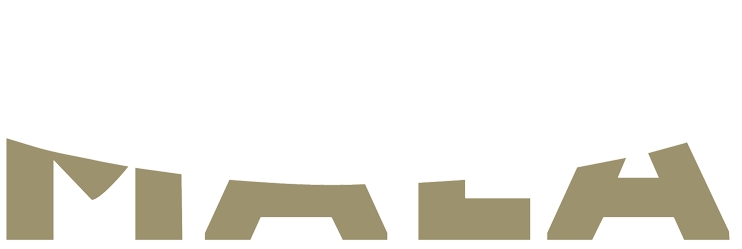Zuhirah Khaldun-Diarra, senior marketing director at the National Urban League, has traveled the world and bridged culture gaps through the arts. In her story she shares how living between several cultures has helped her become a peaceful communicator that embraces the world’s differences with an open mind.
I have lived on borders between races, religions and nations my entire life. As a young African American Muslim woman growing up in Queens, New York, that didn’t celebrate Christmas or eat pepperoni on her pizza, I felt truly alien. However, it was this otherness and outsider status that allowed me to move between different groups, communities and cultures as I attempted to be a conduit of understanding.
I fancied myself a “bridge over troubled water” between my working class white and black classmates — and music was my way over the bridge. Early on in my schooling, I was bussed to an elementary school in College Point, Queens, and I would volunteer to sing Stevie Wonder’s “Ebony and Ivory” acapella in front of the class to my friends on both sides of the aisle.
As an adolescent, hip hop became my calling card when I moved to Bermuda, and I recited rap lyrics to make friends. I used hip hop to build bridges of understanding. I immersed myself in the culture of the island and took this practice with me later in life, becoming a college radio DJ and music director at Barnard College in New York City. Later on, I worked in the music industry to promote the music I had witnessed bring together disparate communities. Most recently I have been working as senior marketing director at the National Urban League, which creates economic and social conditions necessary for peace and understanding, while recognizing and being inspired by peaceful grassroots movements like #BlackLivesMater and the transition of government in Burkina Faso in West Africa.
When living briefly in Hague in the western Netherlands, I did some volunteer work with Initiatives of Change, promoting the screening of a film “The Imam and the Pastor,” which is about interfaith in a violent torn community in Nigeria. While I have taken graduate courses in intercultural communications, there is no science to understanding this, and sometimes it is science that attempts to compartmentalize and put us all into our little boxes. That is not my work. I am interested instead in that which we hold in common. How we can stand in our individual subjectivities and still see ourselves as one — Christmas or no Christmas, pepperoni or without.
Perhaps this faith in the seeming impossible stems from the Muslim belief in one God, one earth and one love that we all share. In a post-911, ISIS era, where we see daily acts of barbarism in the name of God and bigotry and hatred that seems to have been boiling just below the surface erupt in retaliation, I proudly claim designations such as “Muslim Woman of Peace”, which Aga Khan University recognized me with at an event last year. I have witnessed the power of communication to enable understanding as we create peace communications that challenge us to look beyond that which we think we know, so that we can finally break down those walls that separate us.

